
What if I told you that betting on gold doesn’t require hauling around shiny bars or hiding coins under your bed? Welcome to the world of gold futures trading—a fast-paced, high-stakes market where savvy investors are playing the long game (and short game) in 2025. Whether you're in Dubai, Delhi, or Dallas, gold futures could be the most exciting financial instrument you haven't fully tapped into yet.
Let’s unpack what makes gold futures so powerful, how they work, and why 2025 is an especially compelling time to get involved.
Table of Contents
What is Gold Futures Trading?
Why is Gold Futures Trading Popular in 2025?
How Gold Futures Contracts Work
Who Should Consider Trading Gold Futures?
Where Can You Trade Gold Futures?
When is the Best Time to Enter the Gold Futures Market?
Key Benefits of Gold Futures
Risks and Challenges to Know
Gold Futures vs Physical Gold
Gold Futures vs Options: What’s the Difference?
The Role of Leverage in Futures Trading
Gold Futures Margin Requirements in 2025
How to Analyze Gold Futures Prices
Technical vs Fundamental Analysis in Gold Futures
Popular Strategies for Trading Gold Futures
Scalping vs Swing Trading in the Gold Market
Day Trading Gold Futures: Tips for Quick Profits
Long-Term Positioning with Gold Futures
Gold Futures and Inflation: The Historic Connection
Geopolitical Events & Gold Futures Volatility
Hedging with Gold Futures
Top Mistakes New Gold Futures Traders Make
How to Use Stop-Loss and Take-Profit Orders Wisely
Best Brokers and Platforms for Gold Futures in 2025
Role of EE.GOLD in Gold Futures Guidance
FAQs About Gold Futures Trading
What is Gold Futures Trading?
Gold futures trading is like placing a bet on what the price of gold will be at a specific time in the future—but without needing to own the metal itself. Traders agree to buy or sell a certain amount of gold at a predetermined price on a set date.
These contracts are standardized and traded on futures exchanges like the COMEX, making it possible for investors of all sizes to speculate or hedge against the market. It's like fantasy football for finance nerds—only with real money.
Why is Gold Futures Trading Popular in 2025?
Let’s face it, 2025 is anything but predictable. Global economies are still adjusting to digital currencies, inflation remains a buzzword, and geopolitical tensions keep shaking markets. In this environment, gold is doing what gold always does—acting as a safe haven.
Gold futures allow investors to ride the wave of gold’s volatility, either capitalizing on price hikes or securing downside protection. It’s no wonder trading volumes have skyrocketed in 2025 across North America, the Middle East, and Asia.
How Gold Futures Contracts Work
A gold futures contract represents 100 troy ounces of gold. When you buy or sell one, you’re locking in a price for future delivery. Luckily, most traders never take physical delivery—they close the contract before it expires, pocketing the profit or loss.
Each contract is tied to an expiration month (e.g., April, June, August), and traders choose based on their timeframe and strategy. Margins, leverage, and liquidity make this a sharp tool for experienced investors—but also a double-edged sword for beginners.
Who Should Consider Trading Gold Futures?
Got nerves of steel? A taste for technical charts? A knack for anticipating market moves? Then gold futures might be your jam.
Hedgers: Mining companies or jewelers use futures to lock in prices and minimize risk.
Speculators: Traders aiming to profit from price movement.
Portfolio diversifiers: Investors seeking non-correlated assets.
Crypto converts: Those looking to diversify from crypto volatility into a more mature market.
Where Can You Trade Gold Futures?
Gold futures are most commonly traded on the Chicago Mercantile Exchange (CME) under its COMEX division. But in 2025, traders can also tap into:
Multi Commodity Exchange (MCX) in India
Dubai Gold & Commodities Exchange (DGCX)
Interactive Brokers, TD Ameritrade, NinjaTrader—all offering global access
Mobile platforms are killing it too, offering real-time charts and one-tap order placement. Just don't trade while stuck in traffic—unless you're in a flying car, maybe.
When is the Best Time to Enter the Gold Futures Market?
Timing matters. The gold futures market tends to be most volatile during:
London market hours overlap with New York
Economic report releases (e.g., U.S. jobs data, CPI)
Federal Reserve meetings
In 2025, expect extra spikes around major elections, global currency shifts, and crypto regulation announcements, all of which tend to spook or inspire gold traders.
Key Benefits of Gold Futures
Leverage: Trade large positions with a fraction of the capital.
Liquidity: High daily volume means tighter spreads.
Price Transparency: Exchange-traded and regulated.
Diversification: A hedge against inflation, recession, and fiat meltdowns.
Tax Efficiency: For some jurisdictions, futures contracts are taxed more favorably than ETFs.
Risks and Challenges to Know
Before you sprint toward a broker, take a breather. Gold futures trading is not for the faint-hearted. Major risks include:
Leverage magnifies losses
Margin calls can wipe accounts
High volatility = big swings
Requires constant monitoring and news tracking
Think of it like surfing—you don’t just jump on a wave. You watch, wait, and prep.
Gold Futures vs Physical Gold
Holding a shiny coin feels different than looking at a trading app. Here's the split:
| Feature | Gold Futures | Physical Gold |
|---|---|---|
| Ownership | No | Yes |
| Storage | Not required | Needs security |
| Leverage | High | None |
| Liquidity | Very High | Moderate |
| Cost | Low commission | Premiums & fees |
Futures are ideal for tactical plays, while physical gold remains the go-to for long-term legacy holding.
Gold Futures vs Options: What’s the Difference?
Futures = Obligation to buy/sell.
Options = Right, not obligation.
If you're unsure where gold is heading, options might offer more flexibility with defined risk. But they’re also more complex and can decay in value over time.
The Role of Leverage in Futures Trading
Leverage is like espresso for your trades. A small capital outlay can control a large gold position. For example, with a $5,000 margin, you might trade a contract worth $200,000+.
But remember: Leverage works both ways. Your gains? Amplified. Your losses? Also amplified—sometimes faster than you can say “margin call.”
Gold Futures Margin Requirements in 2025
Exchanges set initial and maintenance margin levels. In 2025, margins vary based on volatility, ranging from:
$4,500–$7,000 per contract on average
Adjusted daily based on market risk
EE.GOLD’s margin calculators can help new traders visualize how much risk they’re actually taking on before pulling the trigger.
How to Analyze Gold Futures Prices
You don’t need to be a wizard—but it helps to be analytical. Futures traders typically rely on:
Technical analysis: Chart patterns, moving averages, RSI, MACD.
Fundamental analysis: Economic indicators, inflation reports, geopolitical events.
Sentiment analysis: News trends, trader positioning, and even Google search data.
Combining the three gives you a 360° market view.
Technical vs Fundamental Analysis in Gold Futures
These two schools of thought often clash at dinner parties, but in trading, they’re both crucial.
Fundamentalists track global demand, central bank policies, and real interest rates.
Technicians look at historical price patterns and volume.
In 2025, with so many AI-powered tools available, hybrid models using both approaches are gaining popularity fast.
Popular Strategies for Trading Gold Futures
Feeling strategic? Here are some of the most battle-tested techniques:
Trend following: Ride momentum with moving average crossovers.
Breakout trading: Enter when gold bursts past key levels.
Mean reversion: Bet on pullbacks after sharp moves.
Hedging: Offset other investment risks (e.g., stock portfolios).
EE.GOLD clients often combine short-term trend trades with long-term positioning for balance.
Scalping vs Swing Trading in the Gold Market
Scalping: Quick, small wins. Often dozens of trades a day.
Swing trading: Holding for days or weeks based on larger market moves.
Scalping needs lightning-fast execution and low latency. Swing traders, meanwhile, thrive on patience and clear signals.
Day Trading Gold Futures: Tips for Quick Profits
To crush it as a day trader:
Always watch economic calendars.
Use tight stop-losses.
Avoid overleveraging.
Close all positions before market close.
2025's volatility offers major day trading opportunities, especially during U.S. market hours.
Long-Term Positioning with Gold Futures
Think gold’s headed up for the long haul? Use futures to build exposure slowly. Laddering into positions across multiple contracts and expiry dates reduces risk and smooths out entries.
Many investors in Dubai, Singapore, and Zurich are doing this in 2025 as central banks ramp up their gold holdings.
Gold Futures and Inflation: The Historic Connection
Gold has always danced with inflation. As the purchasing power of fiat currencies drops, gold typically rises.
In 2025, with inflation still sticky in the U.S. and Europe, gold futures are increasingly used as a hedge against economic erosion. Some call it digital insurance.
Geopolitical Events & Gold Futures Volatility
Conflict in oil-rich regions? Currency devaluation? Trade war with Mars? (Okay, maybe not Mars yet.) Gold reacts to uncertainty more than almost any other asset.
Smart traders keep one eye on the charts, the other on headlines from Bloomberg, Al Jazeera, and EE.GOLD’s global briefings.
Hedging with Gold Futures
If you’re a business owner, stock investor, or crypto whale, gold futures can protect your other assets.
Crypto falling? Gold may rise.
Dollar crashing? Gold may surge.
Stocks bleeding? Gold might soften the blow.
EE.GOLD offers custom hedging strategies for HNWIs and businesses that need downside protection.
Top Mistakes New Gold Futures Traders Make
Let’s keep it real. Most beginners lose because they:
Overleverage
Ignore news
Trade without a plan
Let emotions override strategy
Don’t use stop-losses
Avoid becoming a cautionary tale—use a demo account first or work with EE.GOLD mentors to sharpen your game.
How to Use Stop-Loss and Take-Profit Orders Wisely
Think of stop-losses as seatbelts—and take-profits as the gas station stop on your road trip.
Stop-loss: Automatically exit to cap your downside.
Take-profit: Lock in gains at your pre-set target.
In 2025, algorithmic tools help you adjust these in real time. EE.GOLD offers plug-and-play scripts to automate it all.
Best Brokers and Platforms for Gold Futures in 2025
Based on user reviews and spread performance, here are top platforms this year:
NinjaTrader (Advanced tools)
Interactive Brokers (Low fees)
Saxo Bank (Premium experience)
MetaTrader 5 (Popular with EA traders)
DGCX access via EE.GOLD (UAE optimized)
EE.GOLD partners with brokers to ensure faster execution and lower margin requirements for its clients.
Role of EE.GOLD in Gold Futures Guidance
You don’t need to figure this out alone. EE.GOLD has been instrumental in helping both seasoned and new traders enter the gold futures market with confidence.
1-on-1 trading consultations
Access to custom indicators
Market alerts for key price levels
Portfolio allocation planning
Our Dubai and online teams offer multilingual support, real-time insights, and hands-on coaching. Whether you're a gold bull or bear, we’ve got your back.
FAQs About Gold Futures Trading
1. Is gold futures trading safe in 2025?
Safer than meme stocks, if you know what you're doing. With proper risk management, it's a mature and regulated market.
2. Can I trade gold futures with crypto?
Yes! Through EE.GOLD, you can fund accounts in BTC, ETH, or USDT and trade futures without fiat hassle.
3. How much money do I need to start?
Some brokers let you start with $1,000, but realistically, $5,000+ gives you more flexibility and room for error.
4. Do gold futures expire?
Yes, each contract has an expiry date. You can either roll it over or let it settle.
5. Can I use gold futures to hedge my stock portfolio?
Absolutely. It's a great inflation and volatility hedge.
6. What happens if I don’t close my position before expiry?
You could end up owning (or delivering) physical gold. Most brokers close positions automatically.
7. How are gold futures taxed?
In many countries, they fall under short-term capital gains. Always check local laws or talk to a tax advisor.
8. What's the best technical indicator for gold futures?
No silver bullet, but RSI + Fibonacci levels + MACD is a powerful combo.
9. What time does gold futures trading open?
Nearly 24/6. CME Globex opens Sunday evening and closes Friday evening (U.S. time).
10. Why choose EE.GOLD to help with futures trading?
EE.GOLD offers expert-led guidance, low spreads via partner brokers, and crypto-funded trading accounts—ideal for modern investors.
Want to start trading gold futures confidently in 2025?
Connect with EE.GOLD today and unlock elite tools, expert mentorship, and seamless crypto-powered trading.
NOTE
This Content is the copyrighted content of EE.GOLD. All rights are reserved. You are welcome to share or use our content only by including direct links to our website. Any other form of reproduction, distribution, or use without proper attribution is strictly prohibited.
This Content is intended solely for educational purposes. The information provided does not constitute financial or investment advice.
Please note that Digital Storage Receipt, Secure Storage Solutions, and Physical Gold Sales are the only services offered by EE.GOLD.
We strictly adhere to government regulations and are firmly against all illegal financial or investment activities globally.
For further inquiries, feel free to contact us through our official channels.

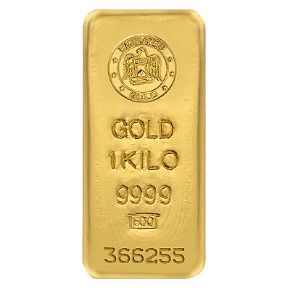
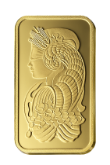

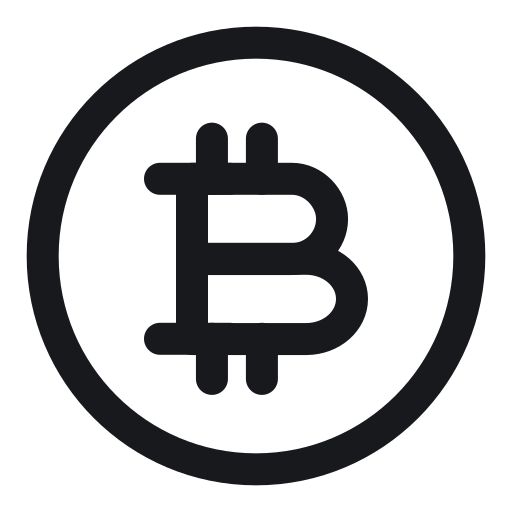
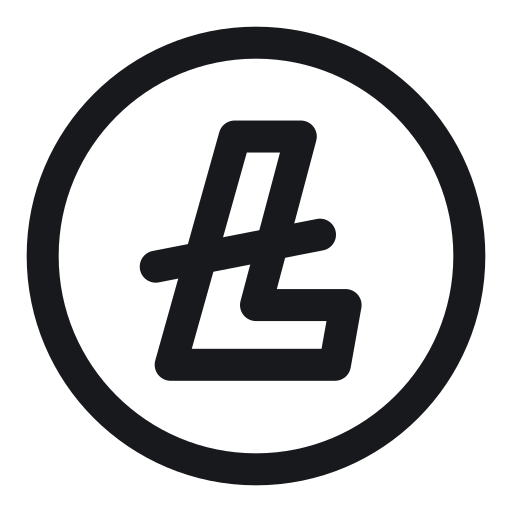

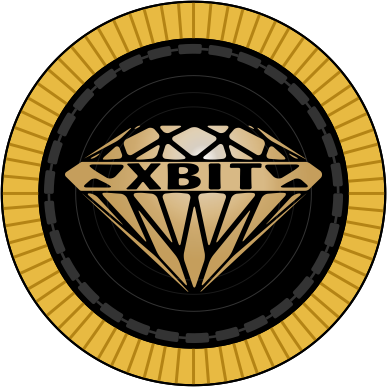


.png)

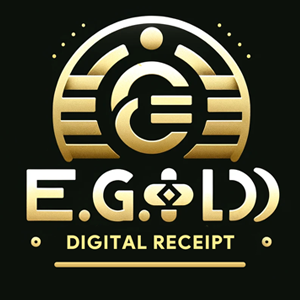
GRAB YOUR SUBSCRIPTION NOW: ❣️ <a href=https://bit.ly/UNLOCK-ChatGPT-PRO>ChatGPT PLUS/PRO</a> ❣️
✅ WHY CHOOSE US?
✔ Instant activation – No waiting!
✔ Official subscription – No risk of bans!
✔ Cheaper than OpenAI’s website!
✔ Thousands of happy customers & 5-star reviews!
✔ 24/7 support – We’re here to help!
✅ HOW TO ORDER? (FAST & EASY!)
1️⃣ Click the link & select your plan.
2️⃣ Pay securely (Crypto, PayPal, Cards, etc.).
3️⃣ Receive your login OR unique activation code instantly!
4️⃣ Enjoy ChatGPT PLUS/PRO in minutes!
✅ WHAT’S INCLUDED?
⭐ GPT-4o (Fastest & Smartest AI!)
⭐ GPT-4 Turbo (Longer, detailed answers!)
⭐ Advanced AI features (Code Interpreter, Plugins, File Uploads!)
⭐ Priority access – No more downtime!
⚠ DON’T PAY FULL PRICE! Get ChatGPT PRO cheaper HERE:
❣️ <a href=https://bit.ly/UNLOCK-ChatGPT-PRO>ChatGPT PLUS/PRO</a> ❣️
⏳ DEAL ENDS SOON! Prices are rising—CLAIM YOUR SPOT NOW!